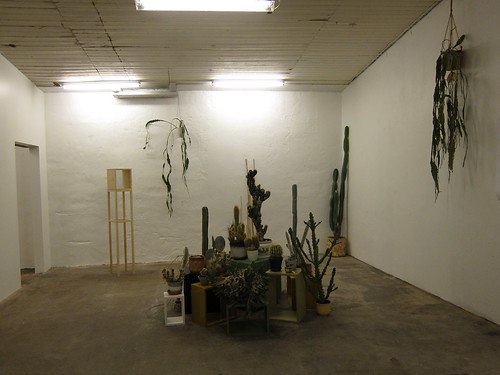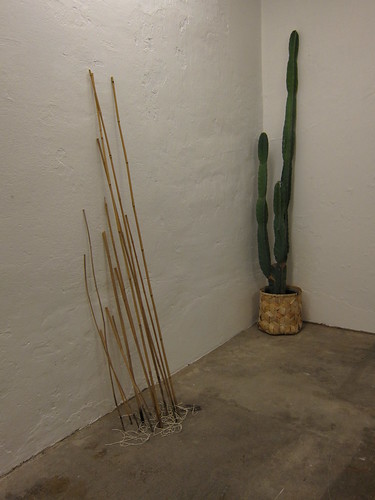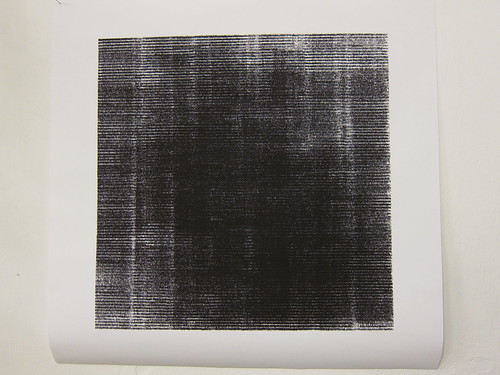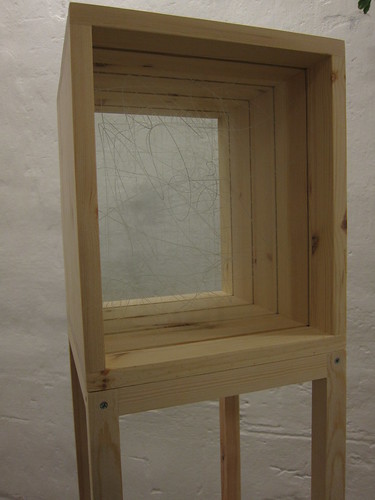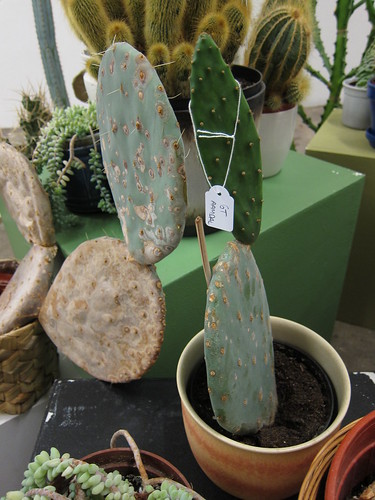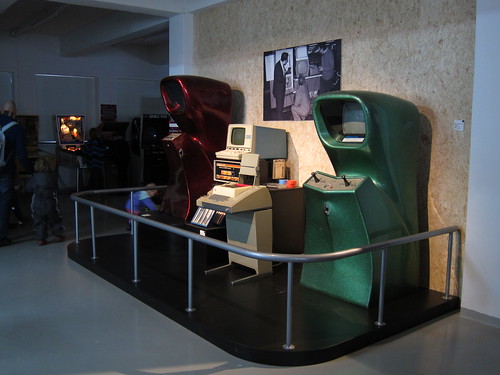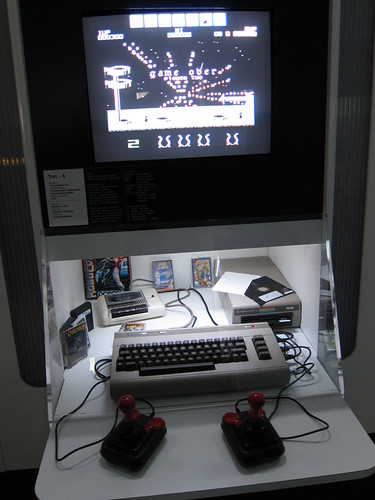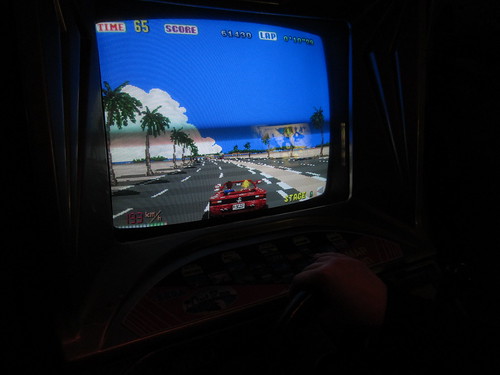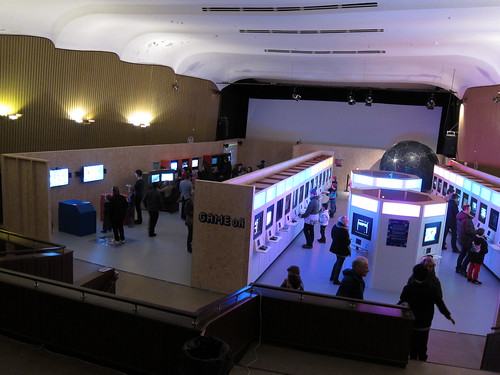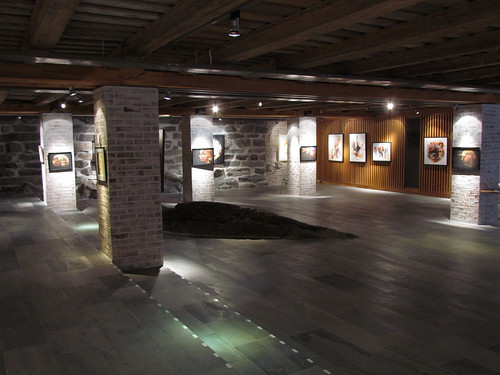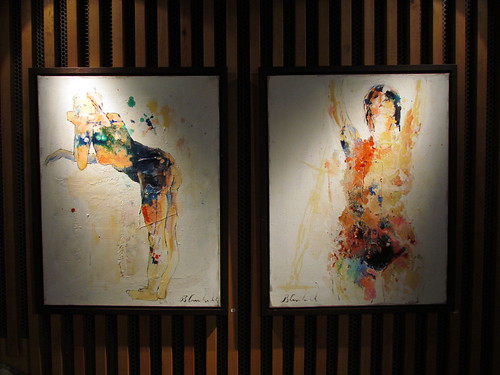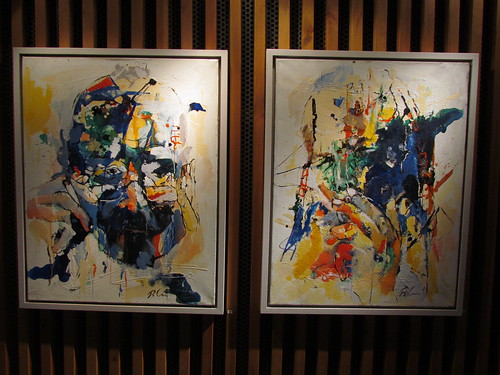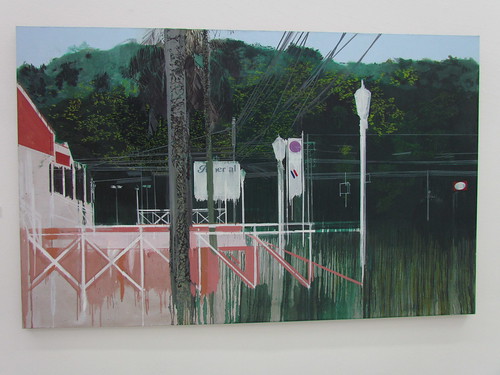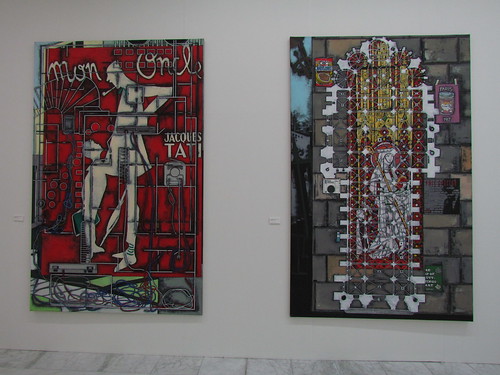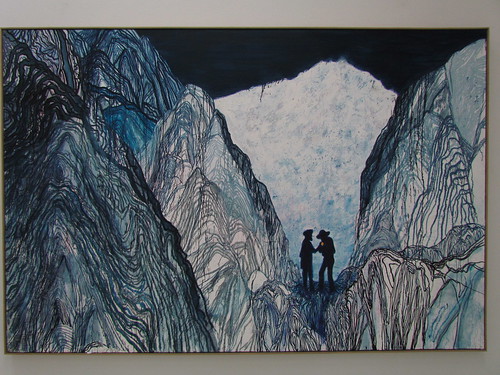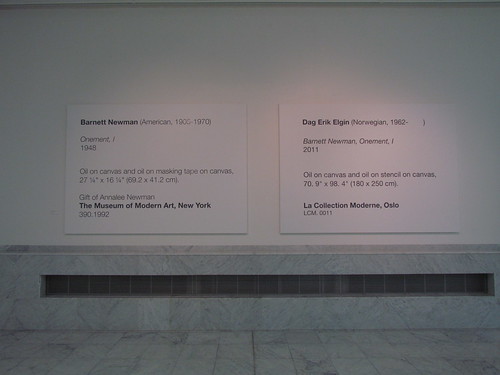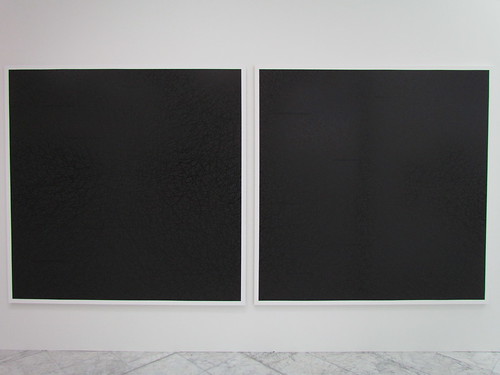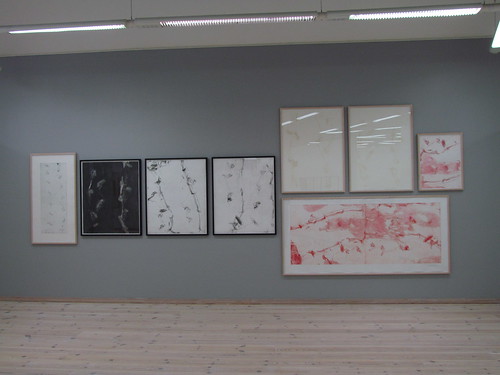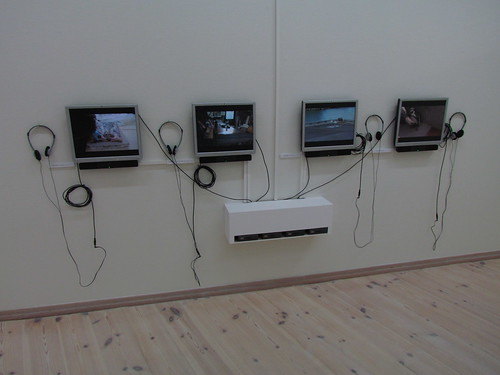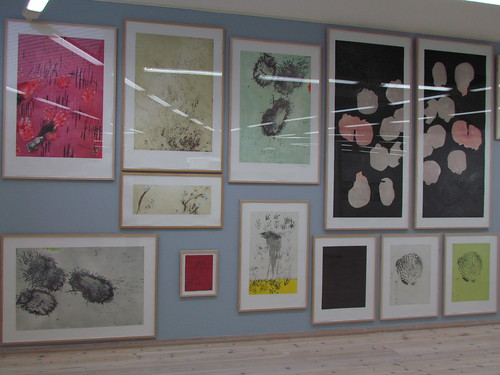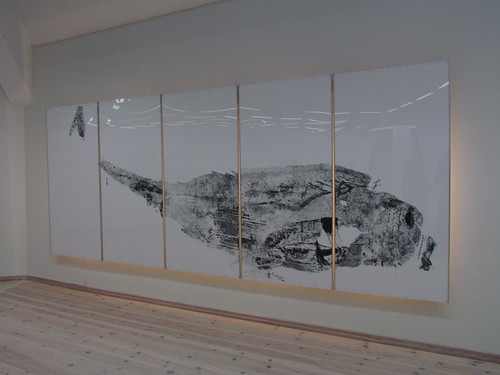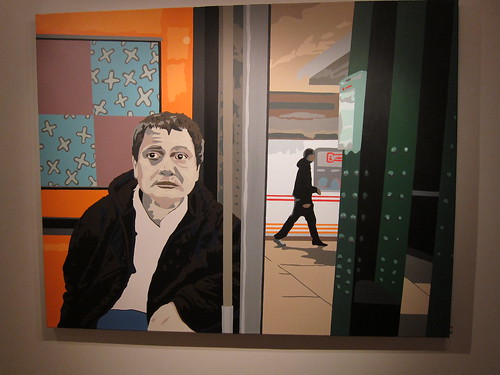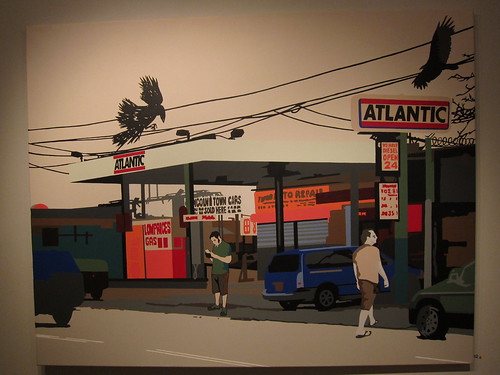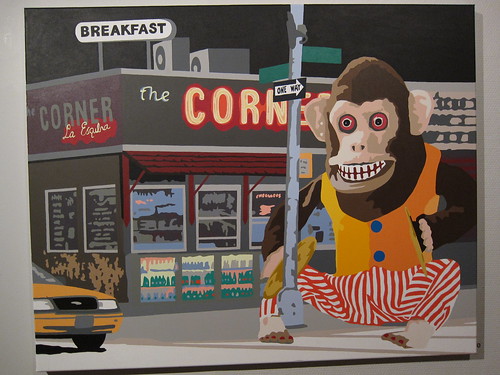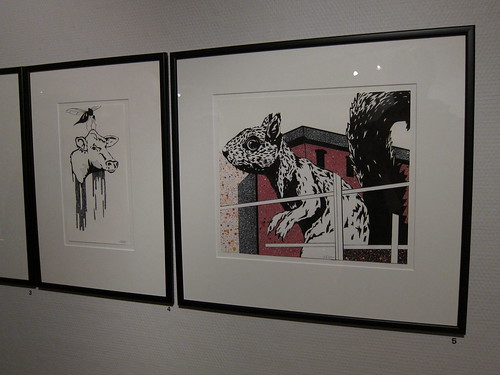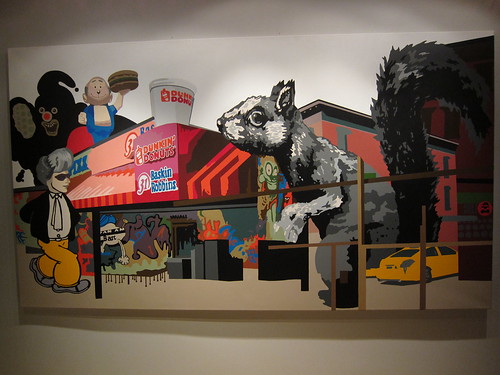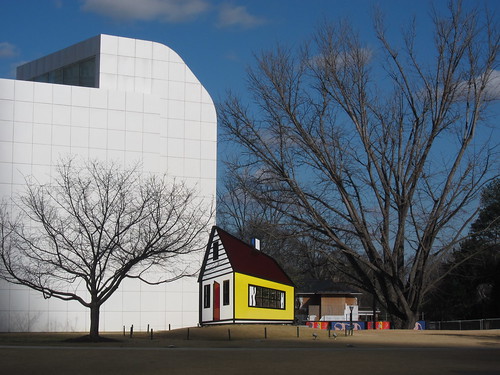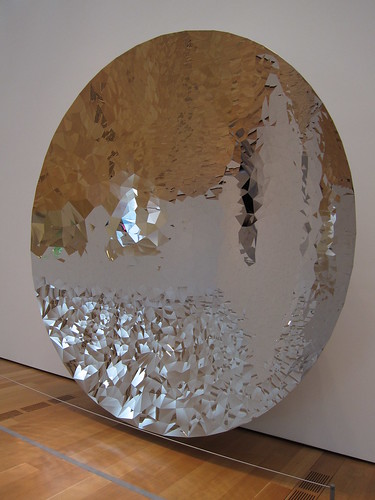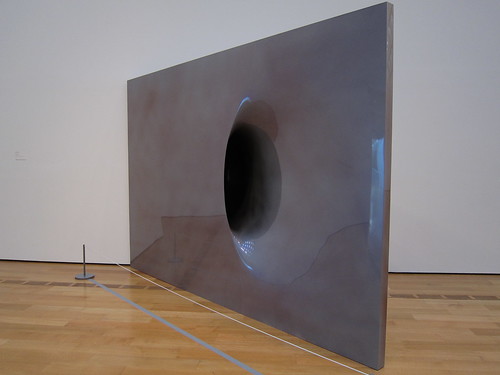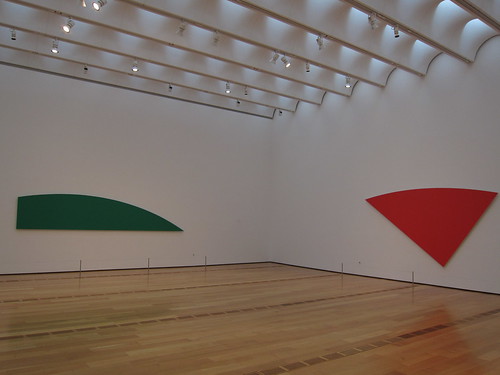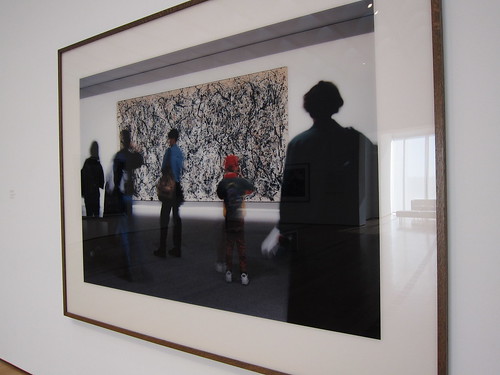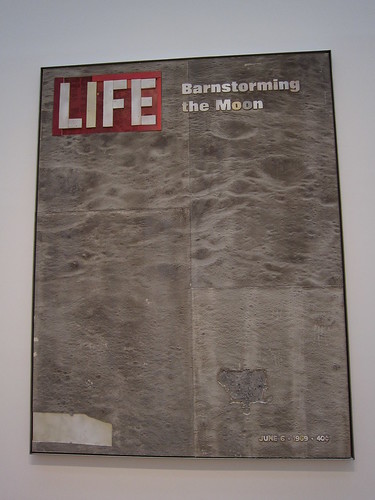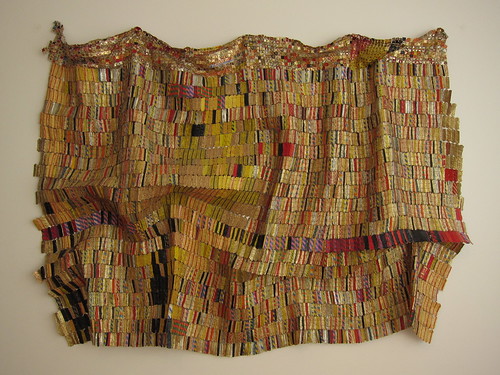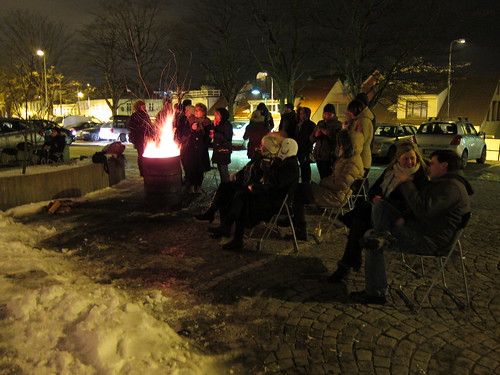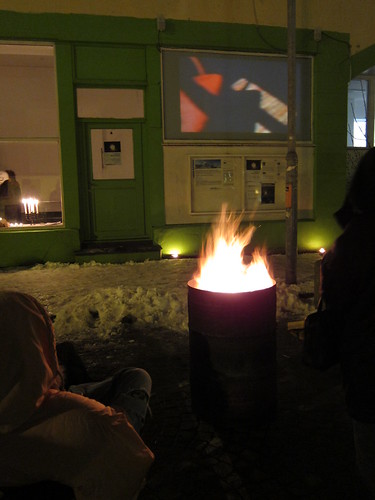An Intervening Substance
(Through Which Signals Can Travel As A Means For Communication)
Jørund Aase Falkenberg
24.2.-4.3.12
Prosjektrom Normanns, Stavanger
Cacti and other conceptual art
The
room is filled with cactuses (or cacti) in all kinds of sizes, forms
and shapes. There is a book with a large circular hole in it, a paper on
the wall with text in multiple layers, making it abstract, a pedestal
containing layers of glass plates with drawings, and a pile of bamboo
sticks and cotton string. This could be a bachelor’s minimalistic
apartment or a winter garden. It is not. This is the exhibition ”An
Intervening Substance (Through Which Signals Can Travel As A Means For
Communication)” by Jørund Aase Falkenberg.
Hermeneuein / 30 years
I
have been waiting for this for some time. I knew he was
keeping this forest of cactuses in his studio, and I was wondering how
he would use them. As they are several decades old and used to belong to
the major art critic in town, the succulents are loaded with history
and symbolic potential. Cactus is seen as a symbol of something
negative, because of its thorns, and often given as a symbol of
discontent. But at the same time cactus symbolises persistence and
tolerance, being able to live under extreme conditions.
30 years
The
cactuses of the work “30 years” are not only on display, they are
rather inhabiting the room. And on some there is a small piece of paper
with a name on. They are all being given away, and those interested must
book their favourite for picking up after the exhibition. Instead of
the anonymous red sale dots in other galleries, these tags show who is
getting it. And here they are given for free, or adopted away. The
”Untitled” piece is a key figure in this matter. The plants have always
belonged. First to the art critic, then to the artist, and ultimately to
the visitors. Even if the chronology is a bit awkward, they have
followed the art cycle from creation to judgment and consumption. But
for one moment they are let free. They are even released from the
restraining and conforming sticks and strings. But only for a short
time. They are already taken by their new owners.
Untitled / 30 years
It
is obvious that the previous ownership of the cactuses is important.
The other installations confirm this. Is art existing without viewers?
Does a critic or a presentation of art add value to the artwork? Can art
critics be an artform itself?
Black on White
In “Black on White” 100 texts by
Norwegian art critics are put on top of each other, becoming unreadable.
Too much information is chaos. Today there are rather little
information and critics about art in the media. How would it be if art
was covered like football is? Would that be to the advantage of art, or
would we just suffocate? How would we choose in all the information?
Today it is the art critic that chooses for us. We read about what he
wants us to read about. But every person would have a different view.
Like in the the installation “Hermeneuein” (:the study of the theory and practice of interpretation), where several glass plates
with engravings give different views according to the viewers height and
sight, and even imagination.
Hermeneuein
The
book of “Art: A New History” is impossible to read, because a major
part of the text is missing. What is missing is the most prominent
feature of the book. Why is this part missing? What was written there?
When exhibitions are not mentioned by the critics, what does it mean?
Was it not worth mentioning, was it ignored, or are there other reasons?
Voids can be strong measures. Composer Arvo Pärt once said that the
silence in music was the most important part.
30 years
I
tagged one cactus for myself. I know that by this I take responsibility
for a living plant. It will stay alive as long as I do not forget it.
With a cactus, I might even forget it for a while, but when it returns
to my concience, it may still survive. Just like the memories and
impressions of art.
